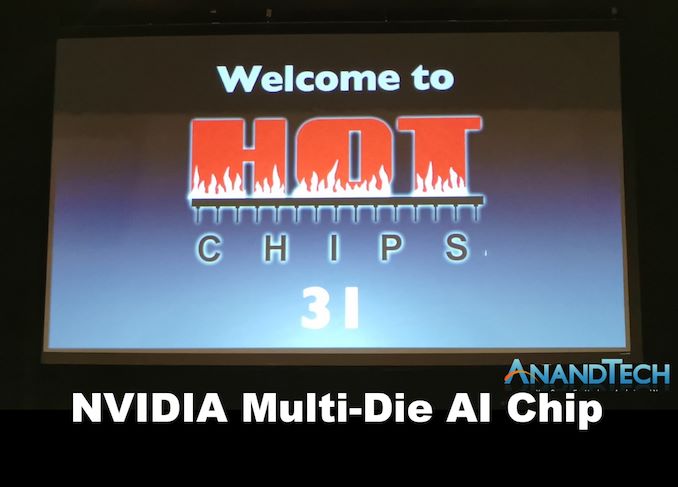Phoronix: AMD Radeon "Aldebaran" GPU Support Published For Next-Gen CDNA
Last week I noted "GFX90A" appearing in the AMD LLVM back-end and now the AMDGPU Linux kernel driver patches have appeared for "Aldebaran" that appear to be the codename for the next-generation CDNA part making use of GFX90A...
Last week I noted "GFX90A" appearing in the AMD LLVM back-end and now the AMDGPU Linux kernel driver patches have appeared for "Aldebaran" that appear to be the codename for the next-generation CDNA part making use of GFX90A...


Comment